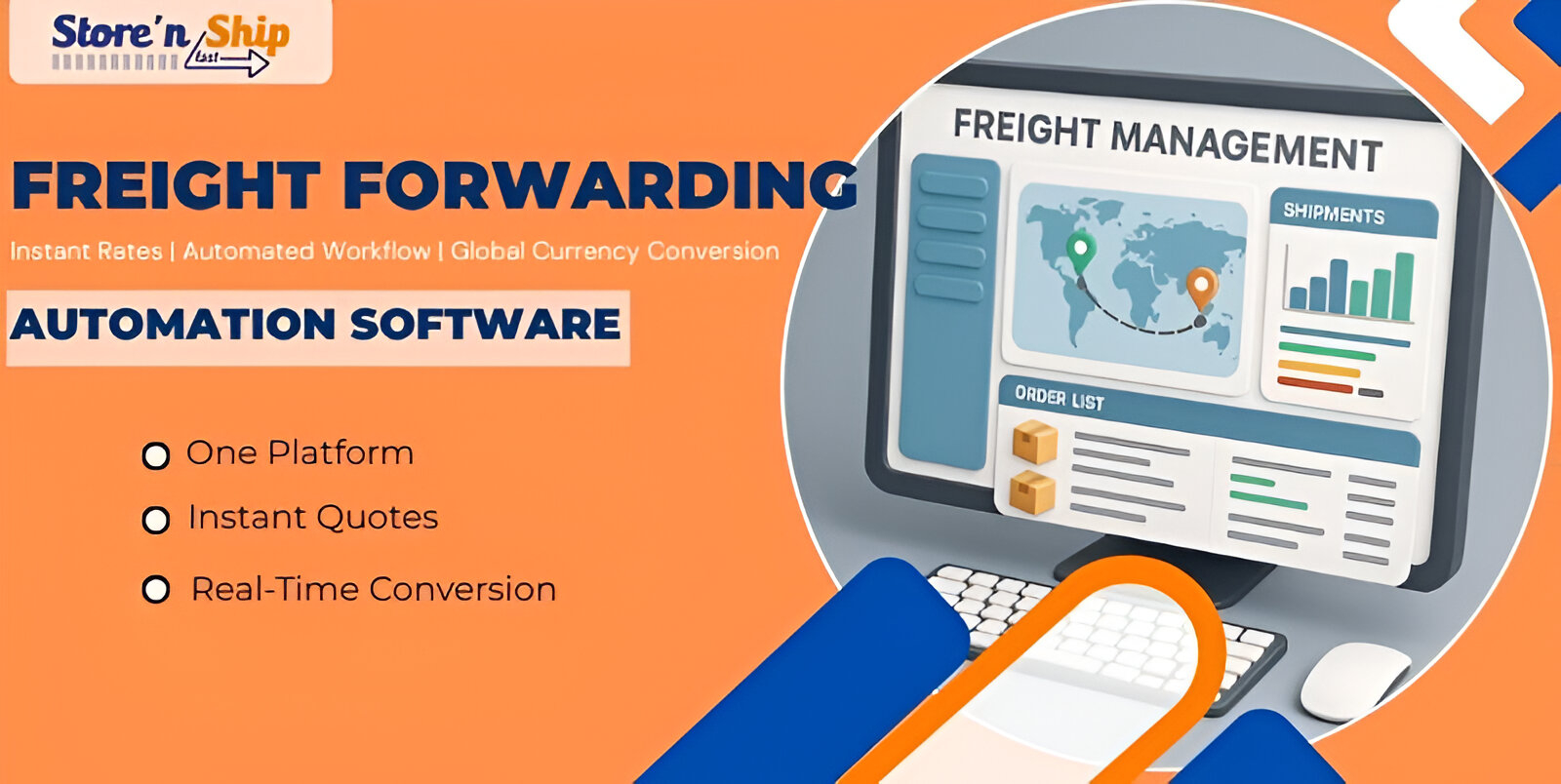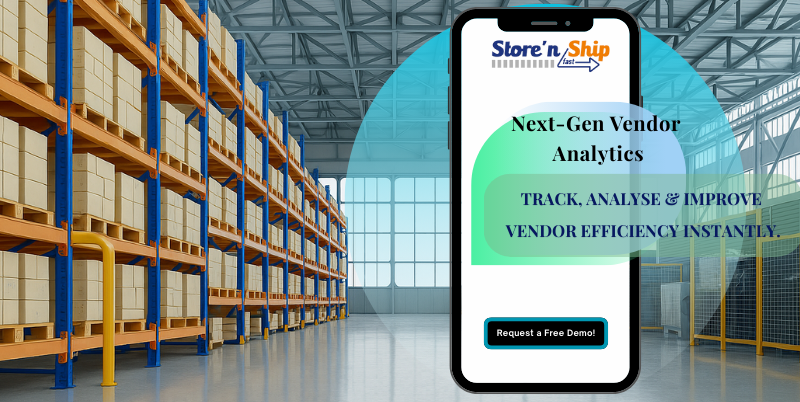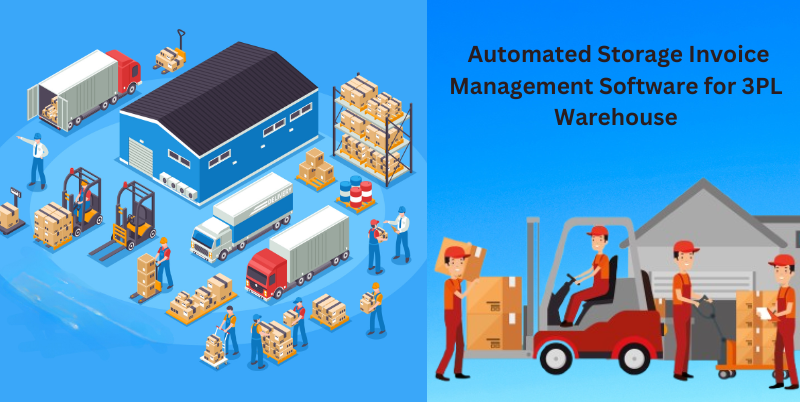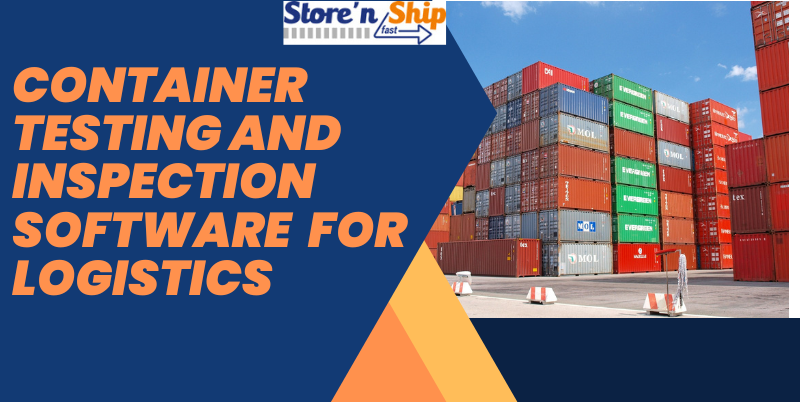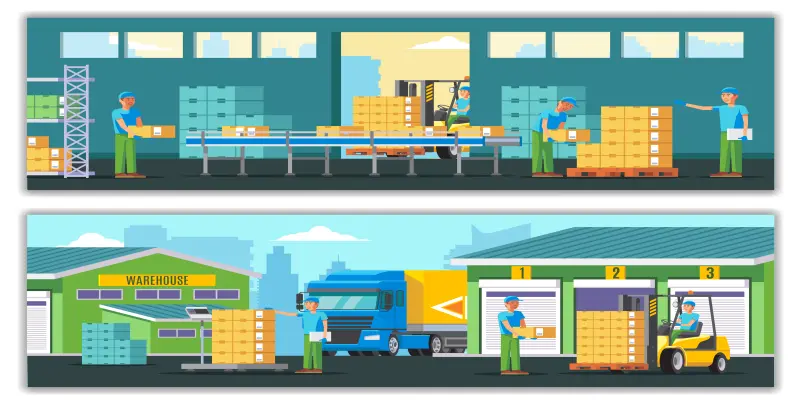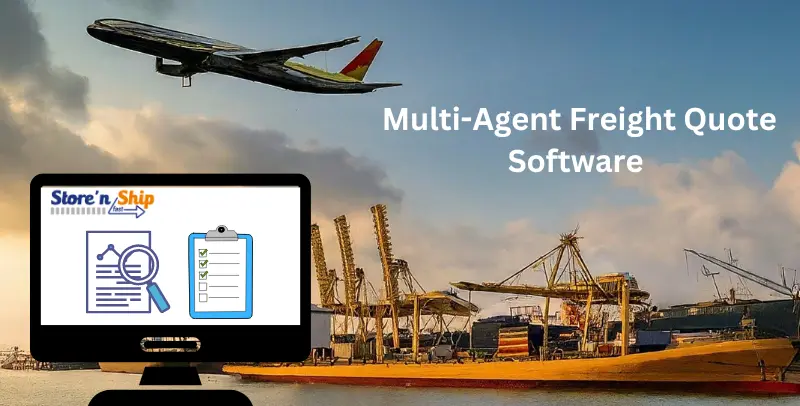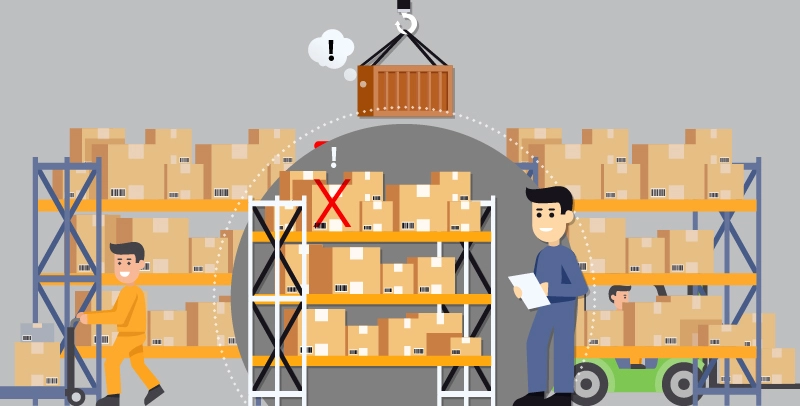Warehouse Management Software Revolutionizes Contract Handling with New Features
In a bid to redefine operational effectiveness, our Warehouse Management Software (WMS) has added advanced capabilities for adaptable contract management for warehouses, making procurement and sales processes smoother and more trustworthy than ever before.
For warehouse operators and logistics managers, dealing with multiple contracts and accurate invoicing has long involved playing catch-up across platforms, with expensive manual mistakes and compliance headaches. The agony of inconsistent quotes, forgotten service terms, and lengthy vendor reconciliations is a familiar one. No more.
Our latest release brings three industry-altering abilities carefully crafted to address these issues:
Flexible Contract Maintenance: One System, Multiple Agreements
Warehouse operations tend to feature intricate service arrangements with multiple vendors and customers. Our WMS is now equipped with flexible contract management, enabling users to manage several active contracts using a single interface.
Every contract—whether vendor or customer—is tied directly to certain service offers, so every term, rate, and clause is exactly where you want it. No more spreadsheet mess or obsolete records. This release gives companies the ability to have a clear audit trail of negotiated contracts, lowering miscommunication risks and enhancing overall transparency.
Quotation Integration: Contracts at Your Fingertips
Sales personnel often struggle to access contracts when they are quoting, resulting in inconsistent prices and lost opportunities. Quotation integration puts everything at users’ fingertips, with all applicable customer contracts now available directly within the WMS’s quotation module.
With real-time visibility, the guesswork is eliminated and quotation turnaround times are accelerated—essential for closing deals in a competitive business environment. No more ever being unable to find a contractual term or negotiated discount.
Invoice Validation: Built-In Vendor Contract Reconciliation
One of the strongest features in this release is invoice validation software integration. During purchase invoice processing, the system cross-references vendor contracts automatically—verifying that each invoice conforms to the agreed-upon terms.
This reduces manual reconciliation steps and safeguards your bottom line from billing errors. The process is not only quicker but also more secure, making vendor invoice reconciliation more efficient and reliable than ever.
Streamline Operations, Reduce Errors, Stay Compliant
With this launch, our WMS is no longer merely a logistics application—it’s now a contract compliance platform. Companies have the capability to handle end-to-end contract transparency, enhance quoting accuracy, and confirm invoices against pre-approved contracts.
This degree of control isn’t only convenient—it’s essential. If you’re a warehouse director sick of excavating files for contract terms or a finance director fighting vendor errors in billing, these new technologies empower you to streamline, consolidate, and protect your operations.
Why It Matters Now
In today’s rapidly evolving supply chain world, small mistakes can create massive losses. Quotations delayed, invoices not verified, and inadequately tracked contracts all form profit leaks. Our warehouse management software now keeps these risks under check with smooth contract integration across all your workflows.
Reach Out Today – BOOK A FREE DEMO
Are you ready to completely transform your warehouse operations? Contact us to understand how our improved WMS can streamline your sales and procurement cycles, reduce errors, and improve operational flexibility.
Learn how contract clarity can boost your warehouse’s performance.



